- CSP technology, according to the ACSP, provides the attributes that the national electricity matrix will require when coal is released.
The advancement of the Law on Climate Change in the Chilean Congress predicts that the decarbonization goals in Chile should be met long before 2050, since the law establishes a progressive advance of coal exit, which should be happened in 2030, along with other indications.
This new scenario, according to the Concentrating Solar Power Association (ACSP in spanish), the National Electric System should adopt more quickly those technologies that provide the attributes that were previously delivered by generation with coal. “CSP is a technology that provides clean energy with 24/7 capacity that has all the attributes necessary for the stability of the national electricity system after the output of coal-fired generation,” said Cristián Sepúlveda, executive manager of ACSP.
In the Association they maintained that the advancement of the Law in the Senate, which establishes a decarbonization plan for 2030 and goals of neutrality of greenhouse gas emissions for 2040, makes neccesary that Chile has legislative changes that also allow the incoporation of other attributes beyond price in the electricity supply tenders. “It is urgent that we have incentives so that clean synchronous technologies that have attributes such as flexibility and stability, the case of the Solar Power Concentration, can enter the National Electric System as quickly as possible, taking into account that the construction deadlines and commissioning of CSP plants are around 3.5 years, which previously requires deadlines for environmental qualification and financial closings. By virtue of this, the deadlines are very limited, and we need the projects to begin construction as soon as possible, ”he said.
The law on climate change that is being discussed in Congress and that passed its first legislative process establishes that Chile must advance its process of decarbonization and mitigation of greenhouse gas emissions with deadlines for 2030 and 2040, respectively, in addition to permanent revisions.
From the ACSP ensure that, to guarantee the stability of the chilean electrical system, which is increasingly intensive in variable and asynchronous clean energies such as photovoltaic and wind, CSP technology becomes decisive thanks to its attributes such as the storage capacity available for generation from minutes to several hours continuously and synchronously, contribution to systemic inertia, high input and output speeds in generation depending on the Coordinator’s indication, very low variable cost and an operation without greenhouse gas emissions or local pollutants, all aspects that, in addition to complementing the ERV, allow maintaining the stability of the electrical system and jointly leverage the achievement of the decarbonization and carbon neutrality goals.
Although there were already sectors that assured that decarbonization in Chile would be faster than that established by the plan of the Ministry of Energy, the approval of this Law will suppose a new scenario. In fact, the National Electricity Coordinator in a study in which he analyzed a scenario of withdrawal of coal-fired plants by 2033 with low generation costs, concluded that the Concentration of Solar Power would enter the National Electric System with force from 2025. “We are with limited deadlines ”, they warned in the ACSP.

